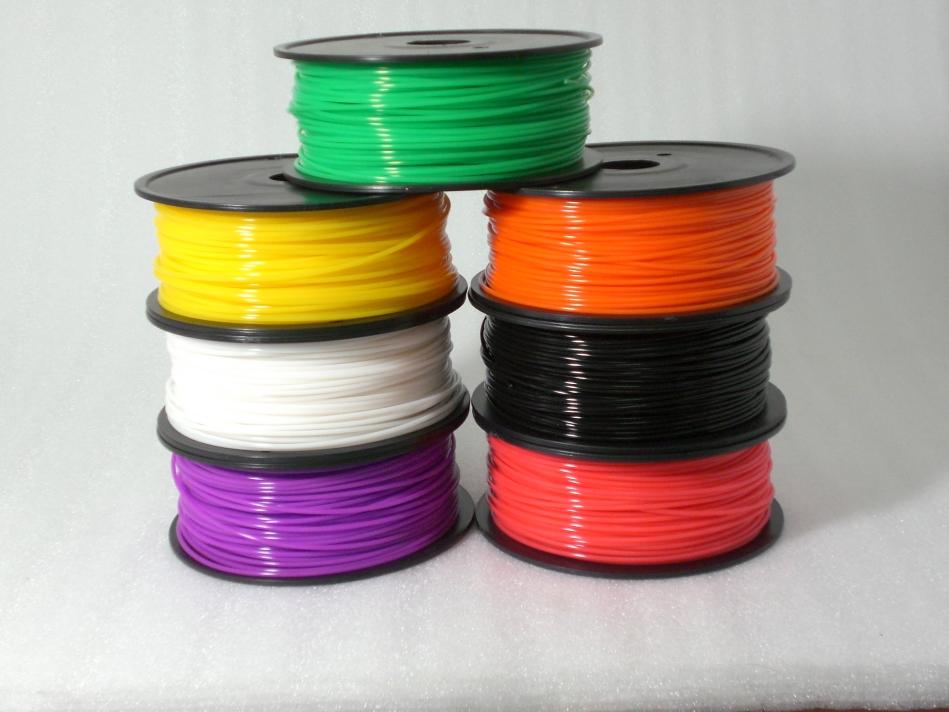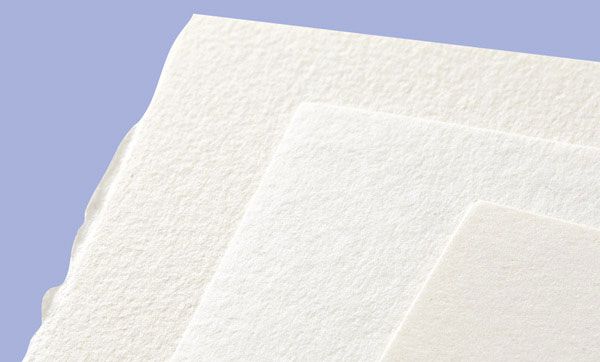In the realm of additive manufacturing, 3D printing has revolutionized the way we create objects. From prototyping to production, this technology offers endless possibilities. One crucial aspect of 3D printing is the choice of materials. While there are numerous options available, today we delve into the realm of flexibility. In this article, we explore the top three 3D printing materials renowned for their flexibility, providing insights into their properties, applications, and the future of flexible additive manufacturing.
- TPU (Thermoplastic Polyurethane):
TPU stands out as one of the most versatile and widely used flexible 3D printing materials. Its exceptional elasticity and durability make it ideal for applications requiring flexibility, such as wearable devices, shoe soles, and prosthetics. TPU exhibits excellent resistance to abrasion, chemicals, and UV radiation, ensuring longevity in various environments. Its ability to be printed with ease on most FDM (Fused Deposition Modeling) printers further enhances its popularity. - TPE (Thermoplastic Elastomer):
TPE is another remarkable 3D printing material known for its flexibility and resilience. It combines the properties of rubber and plastic, offering a unique balance between elasticity and rigidity. TPE is commonly used in industries such as automotive, consumer goods, and healthcare. Its applications range from gaskets and seals to grips and handles. With its ability to be easily processed and recycled, TPE is an environmentally friendly choice for flexible 3D printing. - Ninjaflex (TPU-based Filament):
Ninjaflex, a brand of TPU-based filament, has gained significant popularity among 3D printing enthusiasts. It offers exceptional flexibility, allowing for the creation of intricate and stretchable designs. Ninjaflex is often used in the production of custom phone cases, fashion accessories, and flexible hinges. Its wide range of vibrant colors and compatibility with various 3D printers make it a favorite choice for both hobbyists and professionals.
The Future of Flexible Additive Manufacturing:
As technology continues to advance, the field of flexible additive manufacturing is poised for remarkable growth. Researchers and material scientists are constantly exploring new materials and techniques to enhance flexibility and expand the range of applications. From conductive filaments for flexible electronics to bio-based materials for medical implants, the possibilities are endless. Additionally, advancements in multi-material and multi-color 3D printing technologies open up new avenues for creating complex and flexible objects with ease.
Conclusion:
In the world of 3D printing, the choice of materials plays a crucial role in determining the flexibility and functionality of the printed objects. TPU, TPE, and Ninjaflex are three standout materials renowned for their flexibility and versatility. From industrial applications to creative projects, these materials offer endless possibilities for additive manufacturing. As technology progresses, we can expect even more innovative and flexible materials to emerge, revolutionizing the way we design and create objects in the future.


